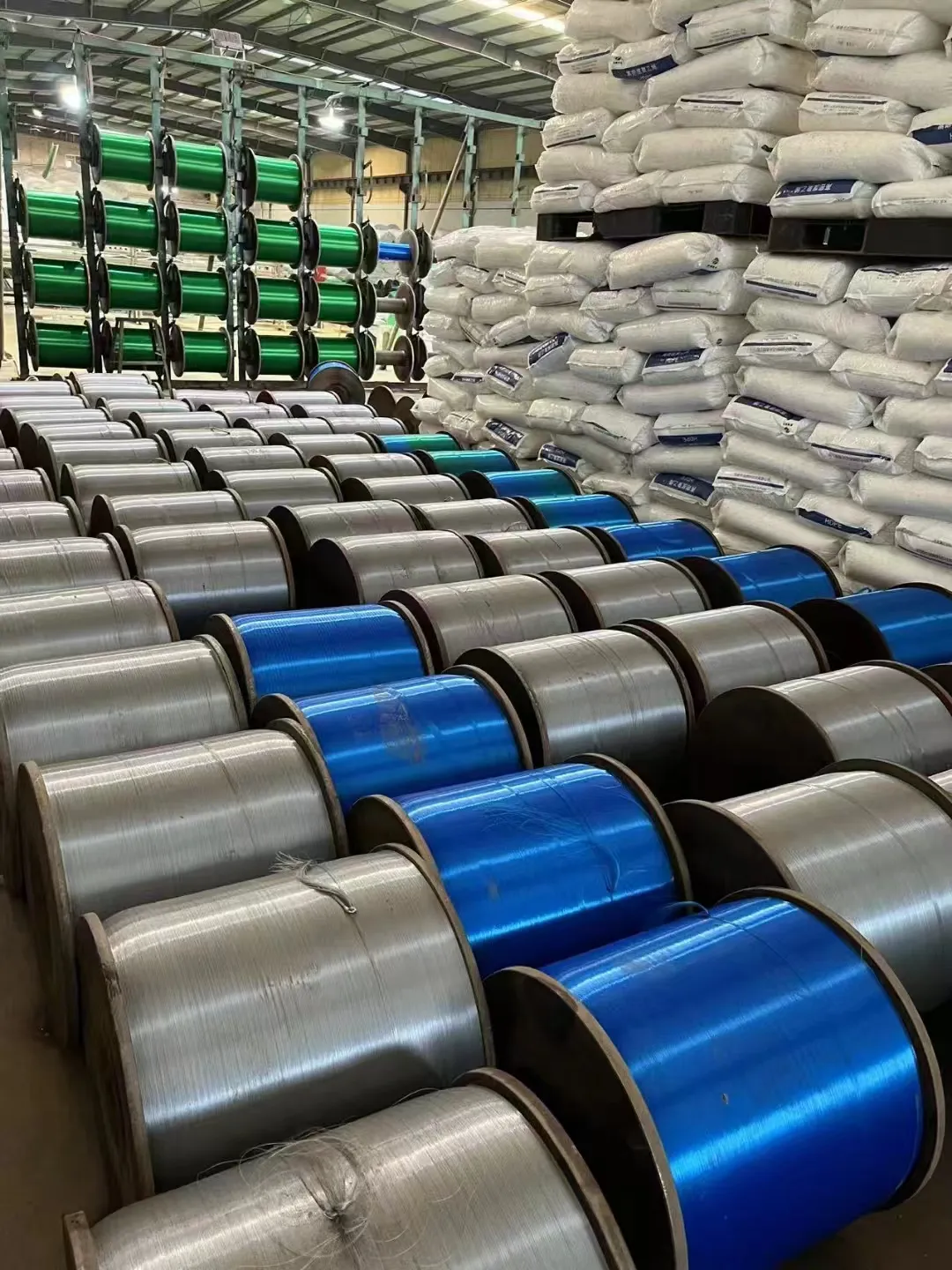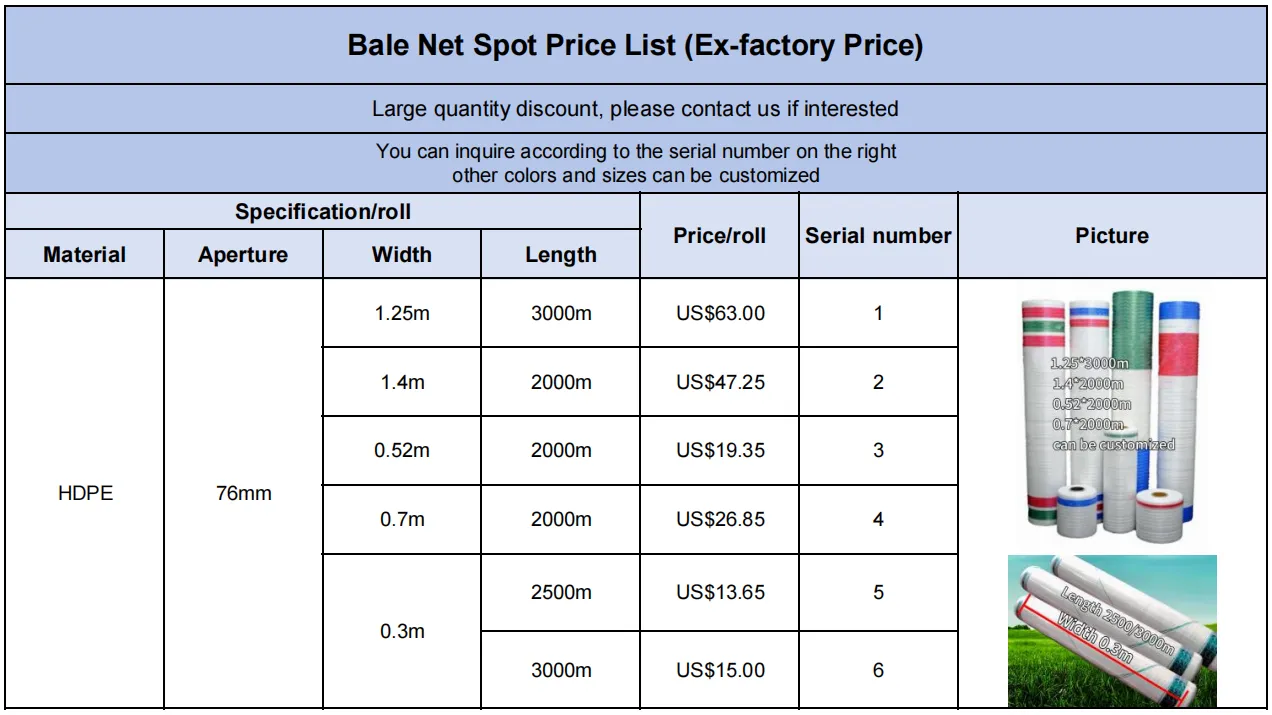-
 Afrikaans
Afrikaans -
 Albanian
Albanian -
 Amharic
Amharic -
 Arabic
Arabic -
 Armenian
Armenian -
 Azerbaijani
Azerbaijani -
 Basque
Basque -
 Belarusian
Belarusian -
 Bengali
Bengali -
 Bosnian
Bosnian -
 Bulgarian
Bulgarian -
 Catalan
Catalan -
 Cebuano
Cebuano -
 China
China -
 Corsican
Corsican -
 Croatian
Croatian -
 Czech
Czech -
 Danish
Danish -
 Dutch
Dutch -
 English
English -
 Esperanto
Esperanto -
 Estonian
Estonian -
 Finnish
Finnish -
 French
French -
 Frisian
Frisian -
 Galician
Galician -
 Georgian
Georgian -
 German
German -
 Greek
Greek -
 Gujarati
Gujarati -
 Haitian Creole
Haitian Creole -
 hausa
hausa -
 hawaiian
hawaiian -
 Hebrew
Hebrew -
 Hindi
Hindi -
 Miao
Miao -
 Hungarian
Hungarian -
 Icelandic
Icelandic -
 igbo
igbo -
 Indonesian
Indonesian -
 irish
irish -
 Italian
Italian -
 Japanese
Japanese -
 Javanese
Javanese -
 Kannada
Kannada -
 kazakh
kazakh -
 Khmer
Khmer -
 Rwandese
Rwandese -
 Korean
Korean -
 Kurdish
Kurdish -
 Kyrgyz
Kyrgyz -
 Lao
Lao -
 Latin
Latin -
 Latvian
Latvian -
 Lithuanian
Lithuanian -
 Luxembourgish
Luxembourgish -
 Macedonian
Macedonian -
 Malgashi
Malgashi -
 Malay
Malay -
 Malayalam
Malayalam -
 Maltese
Maltese -
 Maori
Maori -
 Marathi
Marathi -
 Mongolian
Mongolian -
 Myanmar
Myanmar -
 Nepali
Nepali -
 Norwegian
Norwegian -
 Norwegian
Norwegian -
 Occitan
Occitan -
 Pashto
Pashto -
 Persian
Persian -
 Polish
Polish -
 Portuguese
Portuguese -
 Punjabi
Punjabi -
 Romanian
Romanian -
 Russian
Russian -
 Samoan
Samoan -
 Scottish Gaelic
Scottish Gaelic -
 Serbian
Serbian -
 Sesotho
Sesotho -
 Shona
Shona -
 Sindhi
Sindhi -
 Sinhala
Sinhala -
 Slovak
Slovak -
 Slovenian
Slovenian -
 Somali
Somali -
 Spanish
Spanish -
 Sundanese
Sundanese -
 Swahili
Swahili -
 Swedish
Swedish -
 Tagalog
Tagalog -
 Tajik
Tajik -
 Tamil
Tamil -
 Tatar
Tatar -
 Telugu
Telugu -
 Thai
Thai -
 Turkish
Turkish -
 Turkmen
Turkmen -
 Ukrainian
Ukrainian -
 Urdu
Urdu -
 Uighur
Uighur -
 Uzbek
Uzbek -
 Vietnamese
Vietnamese -
 Welsh
Welsh -
 Bantu
Bantu -
 Yiddish
Yiddish -
 Yoruba
Yoruba -
 Zulu
Zulu
Stainless Steel Screen Printing Mesh Durable & High-Precision Filters
- Understanding Stainless Steel Screen Printing Mesh
- Technical Advantages Across Material Types
- Performance Comparison: Leading Manufacturers
- Customization Solutions for Industrial Needs
- Real-World Applications in Multiple Industries
- Maintenance Protocols for Longevity
- Future Trends in Printing Mesh Technology

(stainless steel screen printing mesh)
Understanding Stainless Steel Screen Printing Mesh
Stainless steel screen printing mesh remains the backbone of precision industrial printing, offering tensile strengths between 800-1200 N/cm². Unlike standard polymer meshes, its 0.02-0.15mm wire diameters maintain dimensional stability across temperatures from -50°C to 480°C. The material's 304/316L grades provide corrosion resistance exceeding 5,000 salt spray hours, making it indispensable for aerospace component marking and automotive glass printing.
Technical Advantages Across Material Types
Three dominant materials shape the market:
- Stainless Steel: 85% recovery rate after 50,000+ print cycles
- Nylon Mesh: 0.5-3% elongation rates for textile applications
- Bolting Cloth: 230-450 threads/inch density for micro-pattern replication
Hybrid constructions now combine stainless steel warp threads (70μm) with nylon weft threads (100μm), achieving 40% higher ink throughput than single-material screens.
Performance Comparison: Leading Manufacturers
| Brand | Material | Mesh Count | Tensile (N/cm²) | Applications |
|---|---|---|---|---|
| Saati | 316L Steel | 150-400 | 1100 | PCB Printing |
| NBC Meshtec | Nylon 6.6 | 120-355 | 600 | Apparel |
| Haas | Bolting Cloth | 230-500 | 900 | Glass Etching |
Customization Solutions for Industrial Needs
Specialized configurations address specific challenges:
- UV-resistant coatings for outdoor signage (5+ year warranty)
- Electro-polished surfaces reducing ink waste by 18%
- Pre-stretched meshes maintaining ±2μm tolerance over 12-month cycles
Real-World Applications in Multiple Industries
A recent automotive project utilized 180-mesh stainless steel screens to print dashboard controls with 0.15mm line accuracy. The solution reduced ink consumption by 22% compared to traditional polyester meshes while withstanding 85°C curing ovens.
Maintenance Protocols for Longevity
Proper care extends service life:
- Ultrasonic cleaning cycles every 5,000 impressions
- pH-neutral cleaners (5.5-7.0 range)
- Storage humidity control at 45±5% RH
Future Trends in Printing Mesh Technology
Stainless steel screen printing mesh is evolving with nano-coating technologies that reduce surface energy to 18-22 mN/m, enabling 95% ink release efficiency. Upcoming 500-series alloys promise 30% weight reduction while maintaining 1,100 N/cm² tensile strength, potentially revolutionizing large-format industrial printing.

(stainless steel screen printing mesh)
FAQS on stainless steel screen printing mesh
Q: What are the key advantages of stainless steel screen printing mesh over nylon mesh?
A: Stainless steel mesh offers superior durability, heat resistance, and chemical corrosion resistance compared to nylon mesh. It’s ideal for high-temperature applications and long-term use in industrial settings.
Q: When should I choose bolting cloth for screen printing?
A: Bolting cloth is preferred for ultra-fine filtration and precision printing due to its tightly woven structure. It’s commonly used in electronics, ceramics, and specialized graphic printing requiring high detail.
Q: Can stainless steel screen printing mesh be used for fine-detail designs?
A: Yes, stainless steel mesh with higher mesh counts (e.g., 200-400) can achieve fine details. However, nylon mesh may provide better flexibility for intricate designs on uneven surfaces.
Q: How does nylon mesh for screen printing perform in outdoor environments?
A: Nylon mesh resists moisture and UV degradation better than some materials, but prolonged outdoor exposure may cause stretching. Stainless steel is more durable for harsh outdoor conditions.
Q: What factors determine the lifespan of bolting cloth in screen printing?
A: Lifespan depends on mesh tension maintenance, ink type (avoid abrasive pigments), and cleaning practices. Proper storage and gentle handling extend bolting cloth’s usability.
-
Optimal Fish Rearing with Premium Breeding Net SolutionsNewsJul.18,2025
-
High-Strength Construction Wire Mesh for Structural Integrity and SafetyNewsJul.18,2025
-
Ensuring Protection and Efficiency in Construction and StorageNewsJul.18,2025
-
Enhancing Crop Protection with High-Quality Agriculture Shade NetsNewsJul.18,2025
-
Dunnage Bags and Shipping Plastic Bags for Secure TransportNewsJul.18,2025
-
Comprehensive Protection for Construction and InfrastructureNewsJul.18,2025











